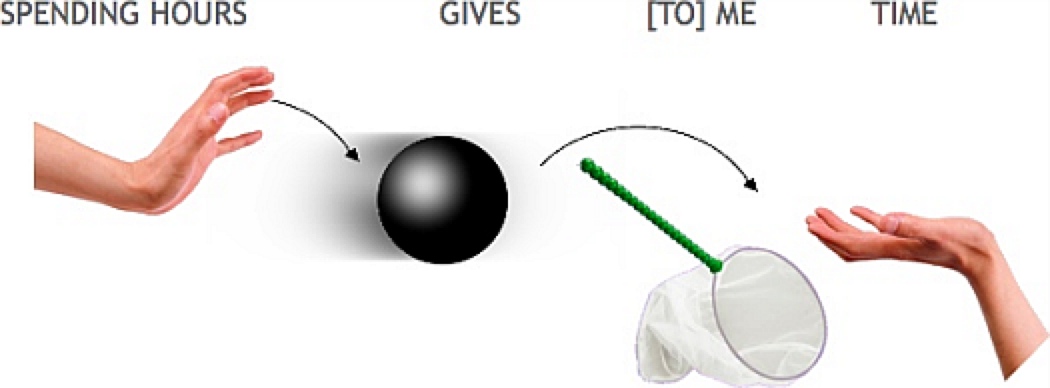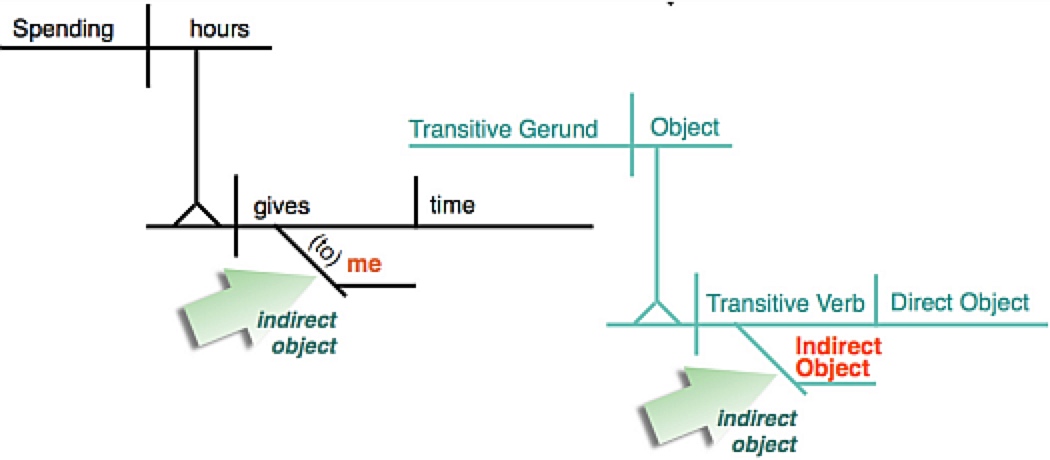
Karl J Sherlock
Associate Professor, English
Email: karl.sherlock@gcccd.edu
Phone: 619-644-7871
transitive Late Latin transitivus, from Latin transitus (past participle of transire to cross over, pass) + -ivus -ive
Late Latin transitivus, from Latin transitus (past participle of transire to cross over, pass) + -ivus -ive
When you think of "transit," you perhaps visualize "mass transit": people moving across distances from place to place, being carried to destinations. The prefix trans- is frequently used to suggest something going across: transcontinental; transportation; transcendental; transformation; transitory; etc. Transitive verbs, therefore, move or "carry over" action onto an object.
English grammar complicates this "doing to another" by suggesting that action can carry over directly or indirectly. This is explained by direct objects and indirect objects. Students understandably grapple with the rules of direct and indirect objects because, in truth, the whole concept of the indirect object is just made up: it's a convenient shortcut that makes the object from a prepositional phrase a secondary predicate object.
versus
Regardless, the role of direct and indirect objects in the functioning of a sentence is now accepted, standard grammar. Explaining indirect objects in this simple way, however, might at least lessen your anxiety about them.
Direct object verbs are "directly" affected by the action of a transitive verb:


The action "works," in this case meaning "operates," carries over from "Michael" onto the object "projector."
Some transitive verbs take indirect objects as well as direct ones, creating the dative case. These verbs convey one or more things to another.

Here are the most common verbs with indirect objects:
assign |
award |
bring |
fax |
feed |
give |
grant |
hand |
lend |
loan |
|
offer |
owe |
pass |
promise |
pay |
read |
serve |
show |
sell |
send |
show |
sing |
take |
teach |
tell |
throw |
wire |
write |

In this example, "the time" is the direct object of the verb "give," while "me" is the indirect object. However, an indirect object is, in reality, simply the object of the preposition "to," which has been dropped to create the effect of an indirect object. If indirect objects confuse you, you can always restore the preposition "to" if you desire:
The removal or restoration of the phantom preposition "to" is the key to successfully diagramming a sentence whose verb takes, both, a direct and an indirect object. You can choose to leave it out or put it back in and treat the indirect object as though it is the object of a preposition—whichever makes the role of the indirect object clearer to you. Regardless, it doesn't belong on the horizontal line with the direct object. Note where the word "me" is placed in the following diagrams:


Karl J Sherlock
Associate Professor, English
Email: karl.sherlock@gcccd.edu
Phone: 619-644-7871

8800 Grossmont College Drive
El Cajon, California 92020
619-644-7000
Accessibility
Social Media Accounts